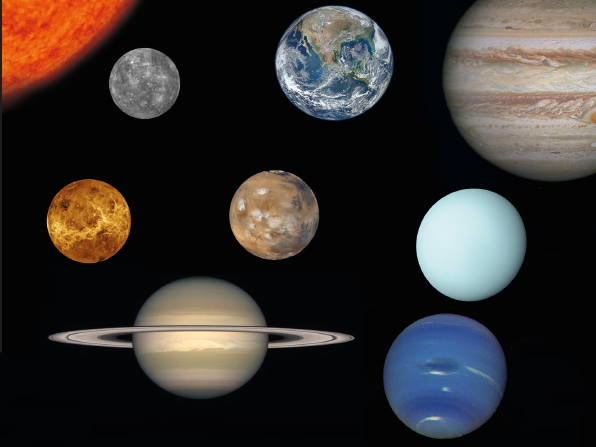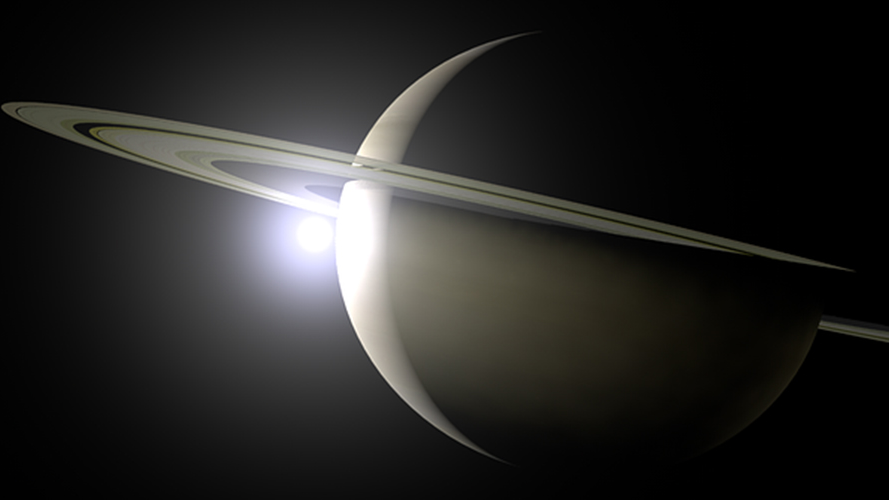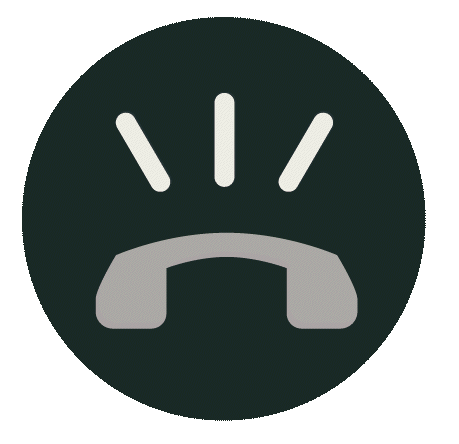 Geography, Primary School
Geography, Primary School


4675537 / 5563685
Our Solar System
Planets
Looking up at the cloudless night sky is something special. It is a spectacle that we are offered free of charge every clear night.
Whether it is the Moon, or the bright planets, or the even more distant stars, or the Milky Way, which crosses the sky like a ribbon – all of them have always interested and fascinated people.
In former times, people believed that everything that we see on the sky revolves around the Earth, that we actually live in the centre of the universe. Today we know that our Earth is only one of several planets that revolve around the Sun, and that even the solar system with all its planets is located at the very edge of our galaxy – the large stellar system called Milky Way. And even this giant galaxy is only one among many other galaxies in the universe.
So we fly through space on our globe Earth like on a grain of dust – but actually, how have we got there in the first place?


Curriculum-centred and oriented towards educational standards
Matching
Mobile Learning II
Oh, what’s that? Original soundtrack Thissen: “As our children grow up in a media world and naturally handle the media, they should also be a topic in school.“ An older child says the point is that they don’t just load down apps but create things themselves that haven’t existed so far. Hi, I’m Jana. A propeller hat. I’ll put it on. Now I’m no longer a simple rhino, but a flying rhino. Original soundtrack Thissen: “It’s exactly the great flexibility of tablets that promotes very personalised and adapted learning.” Original soundtrack Welzel: “It’s fascinating to see how the children grow with their products and how they always want to improve them.” The Westminster Abbey is a church in London for the royal family. Original soundtrack Welzel: “And?“ They think it is ok.
The Daily Newspaper
Every day, there is a surge of news reaching us via different news channels. In spite of TV and Internet, the daily paper still is one of the most important main sources of news. But how is a newspaper created? The film shows the production of a paper in the course of one day. Starting with the editorial meeting in the morning, in which the topics and deadlines are determined, the film accompanies a journalist during her research work. You can see how a journalistic interview is conducted and what the photographer must consider when taking a press photo. Back in the editorial office, the editor’s work is illustrated, which includes the page layout and the writing of an online article in today’s time. Impressive pictures from the printing centre depict the process from the digital page to the finished newspaper. Together with the comprehensive accompanying material, the DVD is perfectly suited for use at school
Blogging
The weblog or blog, for short, as a medium is not much older than this century. Blogs came into being in the World Wide Web as ’messages from below’, as web pages from web creators who wanted to share their view of the world with the world. They are short notes, long texts, pictures, videos, which are posted loosely and at random intervals to the world for an undefined public.









